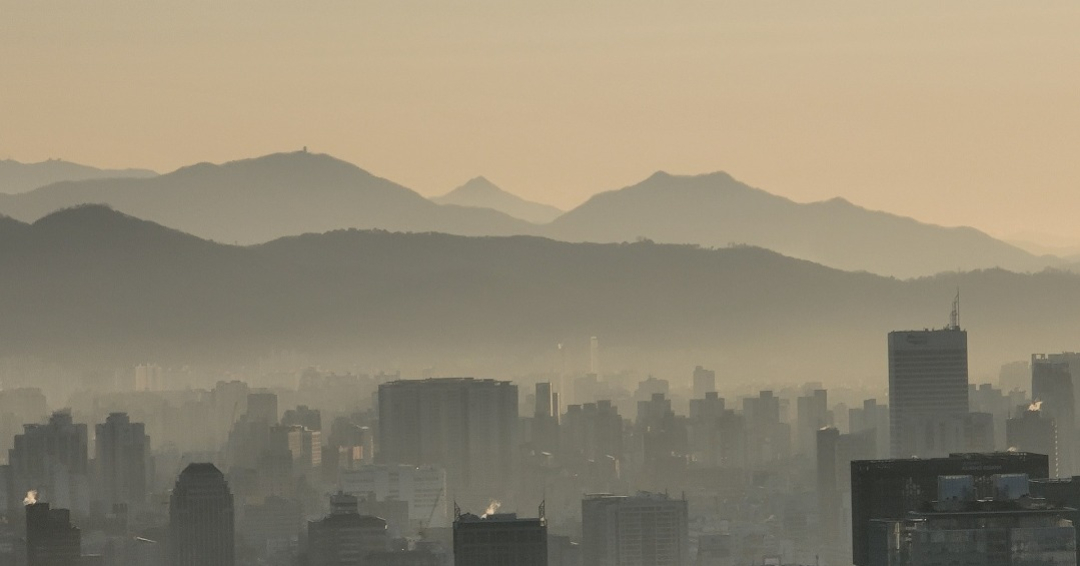NASA and the Italian space agency Agenzia Spaziale Italiana (ASI) are collaborating to build and launch the Multi-Angle Imager for Aerosols (MAIA) mission, which aims to study the health impacts of small airborne particles in highly populated cities. MAIA is the first NASA mission with a primary objective to benefit societal health and involves direct involvement from epidemiologists and public health researchers in satellite mission development.
The MAIA observatory is scheduled to launch before the end of 2024 and will consist of a satellite called PLATiNO-2 provided by ASI and a science instrument built by NASA's Jet Propulsion Laboratory. The mission's objective is to collect and analyze data from the observatory, sensors on the ground, and atmospheric models in order to study the health impacts of small airborne particles in highly populated cities. The results of the MAIA mission will be used to study the health impacts of solid and liquid particles that contaminate the air we breathe. The mission aims to link these findings to human birth, death, and hospitalization records to answer pressing questions about the health impacts of aerosols, which have been linked to respiratory diseases like asthma and lung cancer, cardiovascular diseases such as heart attack and stroke, as well as adverse reproductive and birth outcomes, including premature birth and low infant birth weight.
The MAIA observatory's science instrument contains a pointable spectropolarimetric camera capable of capturing digital images at multiple angles from various parts of the electromagnetic spectrum. This data will help the MAIA science team explore the size, geographic distribution, composition, and abundance of airborne particles.
During its three-year mission, MAIA will focus on 11 primary target areas, including major cities such as Los Angeles, Atlanta, Boston, Rome, Addis Ababa, Barcelona, Beijing, Johannesburg, New Delhi, Taipei, and Tel Aviv. The mission will collect data while orbiting 460 miles (740 kilometers) above Earth's surface and will also collect some data over 30 secondary target areas throughout the world.
Source: NASA

